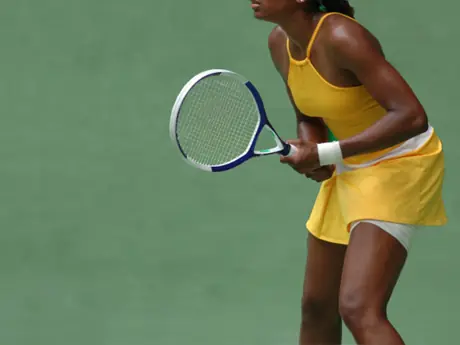
Tennis players spend hours perfecting their forehand, backhand slice and kick serve, but they often ignore their muscles, ligaments and tendons—the essential ingredients to a more powerful game.
"Think about it. If you're going to get stronger what do you have to do?" asks Bill Wright, former head coach of men's tennis at University of California at Berkeley and the University of Arizona, both NCAA Division I schools.
"You have to overload. That means adding weight, intensity, length and variety to your workout."
More: Best iPhone Tennis Apps
"If you keep things the same, day in and day out, you're not going to see any progress or improvement. You're not going to get anywhere fast."
Wright, who now specializes in developing junior tennis players in Arizona and California, says he's seen collegiate-level players greatly improve their tennis power through strength training.
More: 12 Tips to Win Your Next Match
"Look at the top pro players like (Rafael) Nadal, (Roger) Federer and (Andy) Roddick," says Wright, who was named NCAA Coach of the Year during his 12-year stint at Cal State. "They have more than strength. They also have speed, agility and flexibility. So workouts should focus on the whole picture."
Mimic Actual Tennis Movements
Before beginning a workout regimen, think about all of the typical moves in tennis, Wright says. The forehand and backhand, overhead, serve and volley.
Exercises off the court should mimic the moves a player makes on the court.
More: The Key to Flawless Topspin Groundstrokes
"It's like shadow boxing," Wright says. "It can be as simple as repeating the forehand and backhand movements on your own. Or you can focus on exercises that will develop the muscles you use in tennis."
For example, a player who is about to execute a forehand has their knees bent, the tennis racquet is low. As the player strikes the ball, power should drive from their hip, not just their arm. The racquet sweeps up and finishes high on the opposite shoulder.
Exercises that use these muscles include squats, lunges and wall sits, which develop the thighs, hips, glutes, hamstrings and abdominals.
- 1
- of
- 2
About the Author


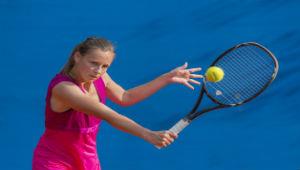
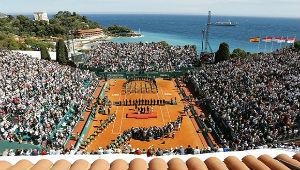
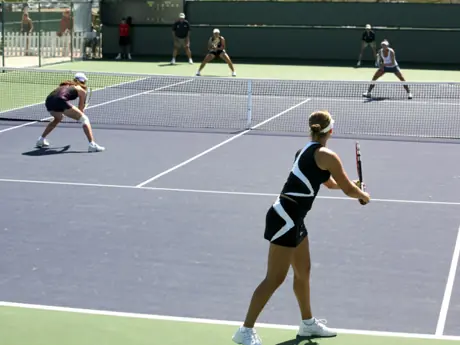
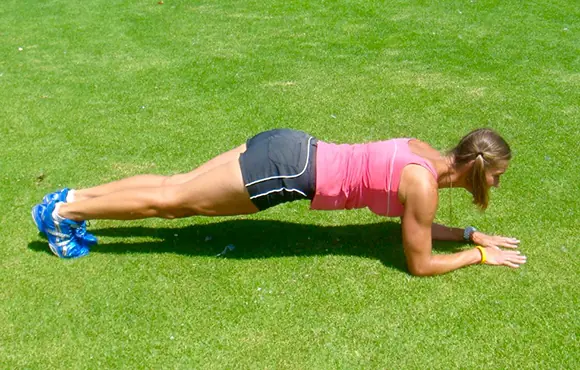
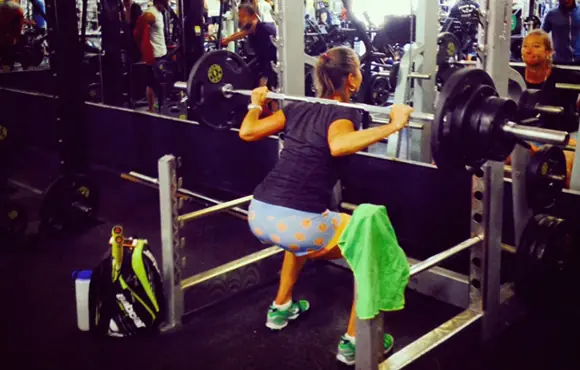

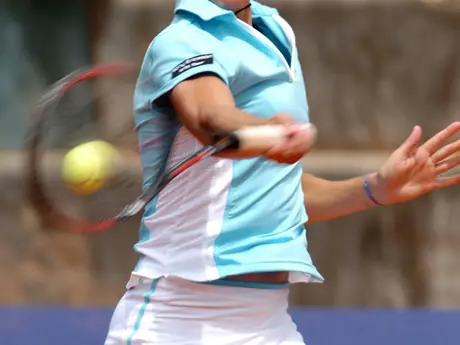
Discuss This Article